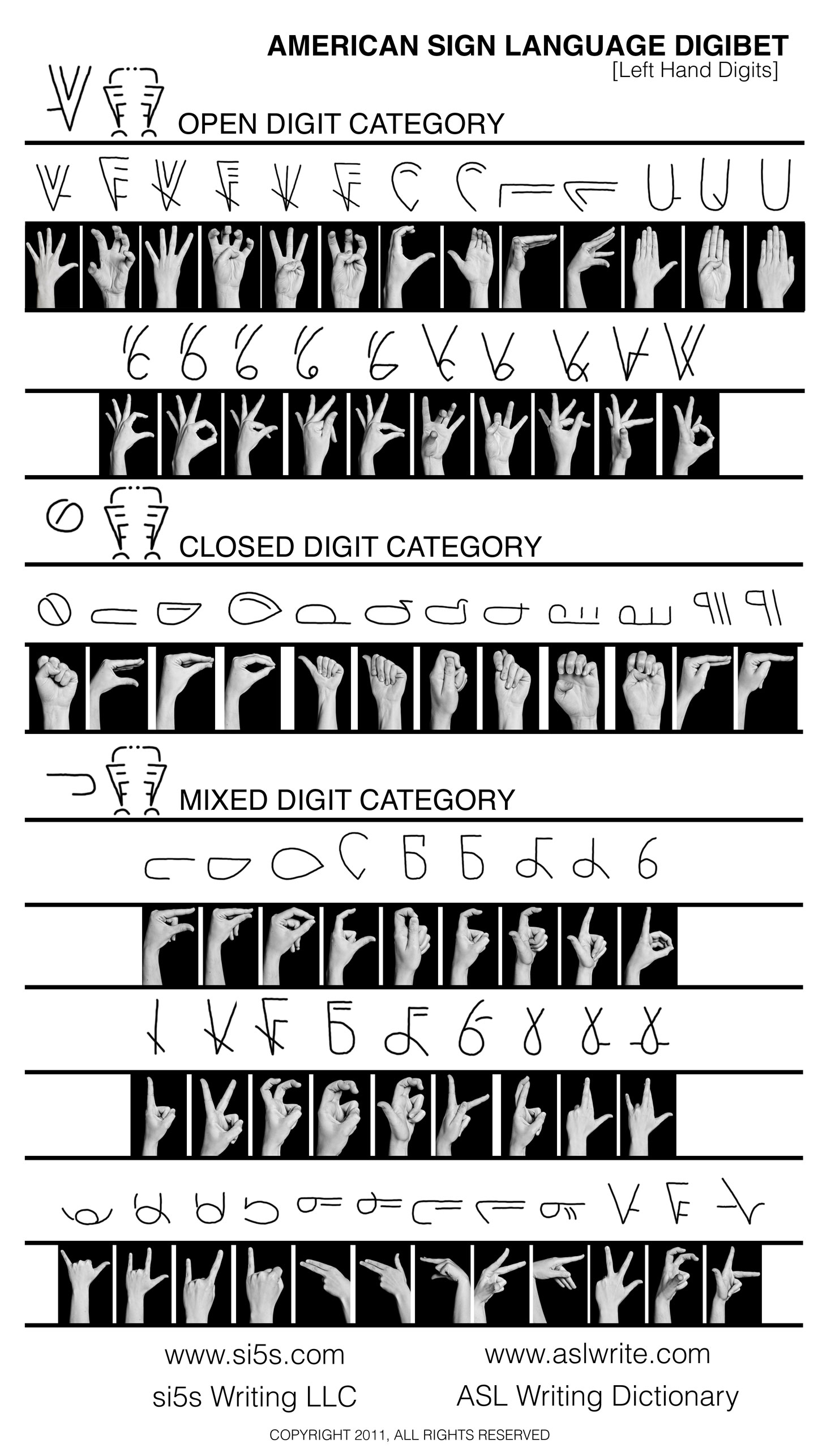Missionary Work 3
Reaching the Deaf with American Sign Language
The Church of Jesus Christ of Latter-day Saints has been providing American Sign Language (ASL) translation for more than 30 years. Now it is increasing its efforts to provide Church documents, pamphlets, manuals, and videos in ASL to aid the Deaf as they learn the gospel.
The Mormon Church considers ASL a foreign language. Thus, experts follow the same process used to translate into any other language.
- Although many Deaf people read and understand written English, ASL does not follow the same sentence structure that English does. Rather, it follows the pattern of most romantic languages. For this reason, printed material and closed captioning services do not always provide the Deaf with clear understanding. [1]
Some deaf people read English very well, while others prefer to actually read ASL. Written ASL is more like a romance language than pure English, and uses more imagery. Many deaf people feel the holy spirit more easily when reading ASL.
- “The Book of Mormon translation into ASL has made a huge impact on the Deaf community in terms of being able to learn and have access to the gospel.
ASL is just one of many sign languages used throughout the world. Most languages—and even countries—have their own sign language. Eventually, the goal is to translate church materials into the various worldwide sign languages, beginning with ASL. The patterns established will help make translating into other sign languages more efficient.
A few products, like the movie Legacy, offer more than ASL. Legacy is translated into both British and Japanese sign language as well.
- To begin, translators transform English sentences into a series of keywords and symbols. The symbols indicate what types of emotions and movements that the signer should make to convey the meaning of the words. This translated piece is called a gloss.
- The gloss is then put on a teleprompter, and a native Deaf signer is filmed signing what is indicated on the screen. The end result is a visual product that Deaf people can watch.
- The growing list of materials available in ASL includes items like the Book of Mormon, selected hymns, the Gospel Principles manual, general conference, and many other faith-building films, pamphlets, and documents. The ASL page on LDS.org (http://lds.org/asl) also provides translated materials and broadcasts.
These products are useful both to Deaf members of the Mormon Church and their families, and to missionaries who teach Deaf investigators.
LDS Church Growth in South America
More and more people in South America are converting to Mormonism. Since the church built its first Latin American temple in Säo Paulo, Brazil, in 1978, 31 new temples have been built in Latin America and nine others are underway.
Recently, the Mormon Church announced plans to build new temples across the world, including one in Barranquilla, Colombia. The church builds temples based on the number of Latter-day Saints living within a certain geographic area, so the construction of new temples means the church is growing. The goal of The Church of Jesus Christ of Latter-day Saints is to make Mormon Temples easily accessible to all members of the Church.
- "It is very exciting because when a new temple is announced, it indicates there is a real growth happening, not just in numbers," said Brad Wilcox, who served two volunteer missions in Chile, once as a child and once as an adult. "A new temple reflects a growth in meeting attendance, tithe paying and overall spirituality." [2]
The growth in Latin America is one of the reasons that there are more members of the LDS Church outside the United States than in it. Much of the growth is driven by missionary work, and Latin American is like a field ready to harvest. For example, the city of Santiago, Chile, contains four separate missions.
According to University of Florida religion professor Dr. Manuel Vásquez, the success of the Church in Latin America is due to several factors:
- "It comes from the combination of effective outreach of well trained missionaries who know the culture and the languages of the society they are missionizing in. Mormons propose a lot of beliefs that really fit the Latin American culture. Mormons place emphasis on family, ancestors, self-improvement, cleanliness and respect for the law, and this hits home for many Latin Americans whose culture already reflect those values.
